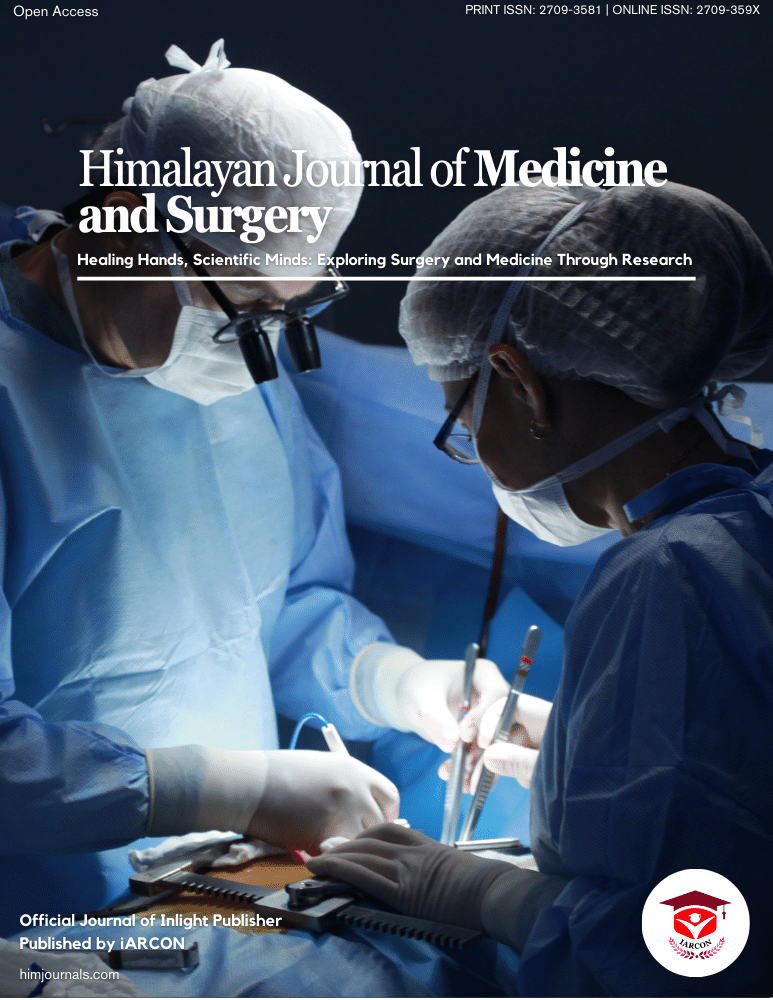All age groups are susceptible to significant vision deterioration caused by occlusions of the retina's venous and arterial circulations. Acute retinal artery blockage is frequently linked to serious cardiovascular and cerebrovascular conditions that may need systemic therapy. A large amount of systemic hypertension, diabetes, and a higher risk of cardiovascular morbidity may appear as retinal venous blockage. Additionally, patients with retinal occlusive disease have been found to have hematologic and metabolic abnormalities [3]. Few Retinal Disorders Associated with Systemic Diseases are mentioned in this article as follows:
Diabetic Retinopathy
About one-third of patients with diabetes have diabetic retinopathy, and one-third of those have a condition that threatens their vision. It is the primary cause of new blindness among adults aged 20 to 65 in the United States, affecting nearly 4 million people, and the proportion of affected people 65 and older is rising. There are roughly 93 million diabetic retinopathy cases worldwide, including 28 million cases of the condition that threatens vision.
There are two main categories of diabetic retinopathy: non proliferative and proliferative. Diabetic macular edema can occur at any stage.
Non proliferative (“background”) Retinopathy: The retinal involvement of diabetes is first seen in this. The retinal capillaries leak proteins, lipids, or red blood cells during this phase. The most frequent cause of vision impairment in people with type 2 diabetes is when this process causes clinically significant macular edoema, which interferes with visual acuity because the macula has the greatest concentration of visual cells.
Proliferative retinopathy: On the surface of the retina, new capillaries and fibrous tissue form and extend into the vitreous chamber. It is a result of retinal hypoxia, which is brought on by tiny vessel obstruction and leads to new vascular growth.
Clinical Findings
Testing for visual acuity, stereoscopic retinal examination, retinal imaging with optical coherence tomography, and occasionally fluorescein angiography are all parts of clinical evaluation.
Microaneurysms, retinal haemorrhages, venous beading, retinal edoema, and hard exudates are symptoms of non proliferative retinopathy. The minor retinal abnormalities associated with mild non proliferative diabetic retinopathy do not result in vision loss.
Neovascularization, originating from either the optic disc or the major vascular arcades, characterises proliferative retinopathy. In the pre proliferative phase, which frequently precedes the growth of new capillaries, arteriolar ischemia manifests as cotton-wool patches, or tiny areas of retinal infarction [4].
Screening
Visual signs of diabetic retinopathy and visual acuity are poor indicators of their presence. Patients with diabetes mellitus should have routine fundus photography screenings. This can be done by telemedicine and may entail computer detection software programmes or a dilated slit-lamp retinal examination. Five years after the diabetes is diagnosed, patients with type 1 diabetes mellitus should be screened. Patients with type 2 diabetes should be screened at the time of the diabetes diagnosis or soon after [5].
Treatment
The best possible blood sugar, blood pressure, kidney function, and serum cholesterol levels are all part of the treatment. The most significant modifiable factor in treating people with diabetic retinopathy is glycemic control, but aggressive blood pressure management and quitting smoking also decrease the progression of the disease.
Fluorescein angiography can help patients with severe non proliferative retinopathy decide if pan retinal laser photocoagulation should be done as a preventative measure by measuring the degree of retinal ischemia.
Injection of a VEGF inhibitor intravitreally or pan retinal laser photocoagulation are the standard treatments for proliferative retinopathy, especially before vitreous haemorrhage or tractional detachment has developed.
Hypertensive Retinochoroidopathy
The retinal and choroidal circulations are also impacted by systemic hypertension. The clinical symptoms change depending on the degree and speed of blood pressure rise and the underlying condition of the ocular circulation.
Young individuals who experience sudden blood pressure rises, such as those who may have pheochromocytoma, malignant hypertension, or preeclampsia-eclampsia, experience the most colourful ocular alterations [6].
Acute blood pressure increases cause the retinal circulation to lose its ability to regulate itself, which causes endothelial integrity to break down and precapillary arterioles and capillaries to become blocked. These conditions show up as cotton-wool spots, retinal haemorrhages, retinal edoema, and retinal exudates, which frequently have a stellate appearance at the macula. Exudative retinal detachments and retinal pigment epithelial infarcts are caused by vasoconstriction and ischemia in the choroid, which eventually progress into pigmented lesions that can be localized, linear, or wedge-shaped. The choroidal circulation anomalies may also damage the optic nerve head, resulting in ischemic optic neuropathy and swollen optic disc [7].
Blood Dyscrasias
Numerous types of retinal or choroidal haemorrhages, such as Roth spots, which appear in leukemia and other conditions, may be caused by severe thrombocytopenia or anaemia (eg, bacterial endocarditis). The macula may become involved, which could cause irreversible vision loss [8].
Although it can also happen with other haemoglobin S types, sickle cell retinopathy is particularly common with haemoglobin SC illness. The symptoms include new vessels, "black sunbursts" brought on by intraretinal haemorrhage, and "salmon patch" preretinal/intraretinal haemorrhages[9].
HIV Infection/AIDS
HIV retinopathy can result in diminished contrast sensitivity, damage to the retinal nerve fiber layer, cotton-wool spots, retinal haemorrhages, and microaneurysms in addition to other complications (HIV neuro retinal disorder).
Since antiretroviral therapy (ART) is available, CMV retinitis has become less frequent, although it still occurs often in areas with poor resources. The disease is characterised by progressively expanding yellowish-white patches of retinal opacification, followed by retinal haemorrhages, and typically starting close to the major retinal vascular arcades. It typically manifests when CD4 counts are lower than 50/mcL (0.05 109/L). Patients frequently show no symptoms up until the fovea, optic nerve, or retinal detachment are affected [10].
Herpes simplex retinitis, which typically manifests as acute retinal necrosis, toxoplasmic and candidal chorioretinitis, which may progress to endophthalmitis, herpes zoster ophthalmicus and herpes zoster retinitis, which may manifest as acute retinal necrosis or progressive outer retinal necrosis, and various entities caused by syphilis, tuberculosis, or cryptococcosis [11].


